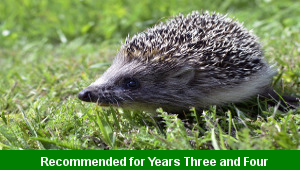Lesson Four – Myth Characters

This English teaching pack for Key Stage Two gets the children to select and record lists of words that can be used to describe the appearance and behaviour of different characters that feature in a Roman myth.
The class can identify and explain how to use other forms of vocabulary to extend and enrich their sentences describing what might happen in a Roman myth.
Download this teaching pack including a lesson plan, classroom activities and an interactive presentation to select and record lists of words that can be used to describe the appearance and behaviour of different characters that feature in a Roman myth
Activities in this teaching pack include a template to make a list of special vocabulary words that can be used to describe the appearance, mannerisms and behaviour of a specific character in a myth related to Roman mythology and folklore.
The interactive presentation gets the children to explore how to make lists of words that can be used to describe the appearance and behaviour of characters in a myth.
This lesson is part of an English scheme of work to get the children to investigate the structure and language of narrative stories written as myths, practise adding the suffix ly to word roots and extend sentences using conjunctions to express cause. There are teaching activities for shared learning, differentiated worksheets to support independent learning and interactive presentations to introduce concepts and key skills.
-

Rounding Hundreds
Explain and model how to round some different numbers to the nearest hundred based on the place values of the digits in each number
-

Rounding Tens
Identify and record how to round some different numbers to the nearest ten based on the place values of the digits in each number
-

Classic Animal Stories
Investigate the structure and content of classic works of fiction by significant authors with animals as the main characters
-

Cities, Towns and Villages
Research and present the history of a range of different buildings and people that are part of the local community using a school exhibition
